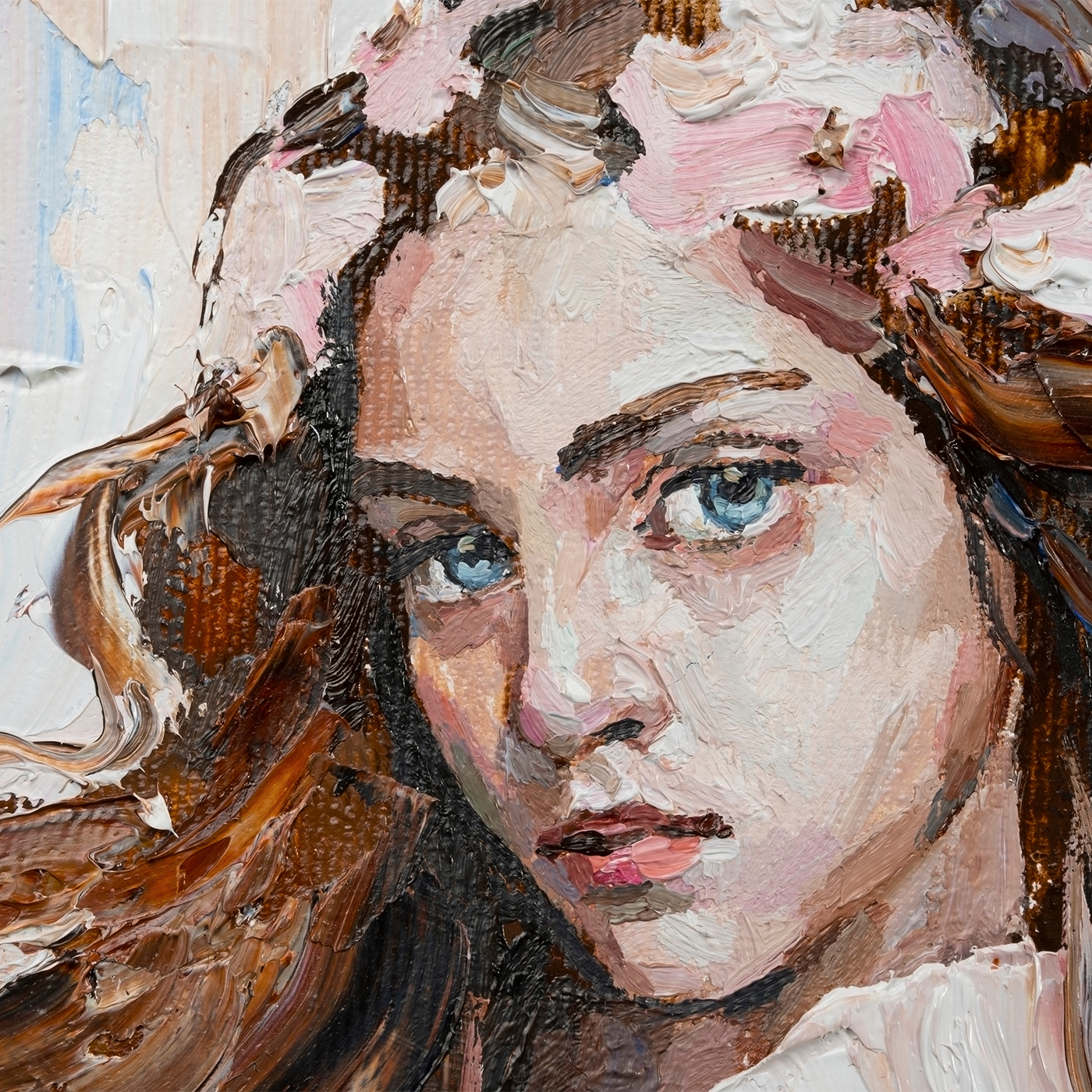Exploring the Sensual Evolution of Art: "A Fascinating Journey through the History of Sexuality in Artistic Expression"

By: Dalia LaFontaine
For as long as humans have been creating art, they have been representing sex in some way or another. From Paleolithic cave paintings to modern digital art, the portrayal of sex has been an integral part of human artistic expression.
In the ancient world, the Greeks and Romans were both fans of erotic artwork covering everyday objects. Some Greek ceramics featured matter-of-fact representations of advanced sexual acts, while the world was awash with sculpted penises. Roman streets integrated penis motifs as signposts to brothels, while a lot of Greek homes featured a herm, a carved bust of a head on a plinth with a penis and testicles sticking out of it.
While very little of the art that has survived from ancient Egypt depict sexual situations, the Turin Erotic Papyrus, dating from around 1150 BCE, is hieroglyphic hardcore. While half of it is dedicated to animal cartoons, the other half shows out-of-shape men demonstrating dozens of sexual positions with beautiful younger women.
In India, the first century CE saw the creation of the Kama Sutra, a famous book in sex history. The importance of the idea of kama—a combination of desire, sensual pleasure, and enjoyment of life—led to the creation of a lot of erotic art. Statues depicting various sex acts can be found in Hindu temples all over the subcontinent.
During the Medieval era in Europe, monks painstakingly created illuminated manuscripts and sometimes took a break from religious calligraphy to draw detailed erotic images in the margins.
From the 13th century onwards, Japan and China produced huge amounts of erotic art. Japanese woodblock prints known as shunga occasionally depict physically implausible acts featuring everyone from lowly farmers to upmarket courtesans and, occasionally, octopuses. A lot of the characters are mostly clothed other than their exaggeratedly large genitals, which are sometimes said to express emotion in ways that traditional values prevent people from expressing facially. Erotic scrolls from China’s Ming dynasty were used both for arousal and instruction, and ceramics with detailed sexual scenes inside were often part of a dowry. A lot of erotic Chinese art also features painstaking attention to detail when it comes to the participants’ surroundings, a reflection of the Taoist principle of being at one with nature.
The Renaissance in Europe saw conflicting attitudes toward portraying sex. Interest in tales of old gods meant artists could paint detailed images of sex acts from ancient stories, while similar imagery without the classical connection could lead to the artist being imprisoned. Developments in printing led to the wide circulation of erotic engravings and mass-produced underground erotic pamphlets, often doubling down on their perceived outrageousness by featuring priests and nuns by the dozen.
Today, modern technology means the portrayal of sex in art has reached new heights. Artists can use digital tools to create erotic art that is not limited by physical constraints. With the rise of social media and the internet, erotic art is now easily accessible to a wider audience than ever before.
In conclusion, the portrayal of sex in art has been a part of human artistic expression for thousands of years. From ancient Greece and Rome to medieval Europe and modern digital art, artists have found ways to represent sexuality in their work. While the portrayal of sex in art has often been controversial, it continues to be an important part of human expression.

